Did you know almost 9 out of 10 cosmetic products contain microplastics? And we’re not talking about the packaging, either. The formulas you put on your hair, face, and body, are packed with tiny pieces of plastic that get absorbed into our skin or washed into the oceans.
It’s terrifying, but it’s fixable. Plastic doesn’t need to be in your beauty routine, and there are many brands (like Mazillo!) formulating completely plastic-free beauty products. If we all work together to educate, identify, and ditch microplastics, there’s hope for a plastic-free future for cosmetics.
What does microplastics mean?
You might think microplastics are simply small pieces of plastic, but the definition isn’t that simple. In recent years it’s even been a source of controversy.
Originally, microplastics referred to larger pieces of plastic washed up onto beaches and into the ocean that have broken down into tiny particles. Now, campaigners argue we need to take a much wider approach that encompasses liquid microplastics – the kind most commonly found in cosmetics.
Madhuro Prakhakar is project leader at Beat the Microbead, an international campaign against plastic in cosmetics by the Plastic Soup Foundation. She explains that, if we leave out liquid microplastics in the definition, they’ll be left out in legislation. That means companies can claim to be ‘microplastic-free’ despite intentionally using plastic in their products (hello greenwashing!).

In a podcast episode with Formula Botanica’s CEO Lorraine Dallmeier, Madhuro points out that 10 years ago nobody cared about solid microplastics or thought they were a problem. Now that we know they are, she believes we should learn from this lesson and be as mindful as possible as we move forward. We couldn’t agree more.
Why are microplastics used in cosmetics?
The question of what products contain microplastics is an easy one to answer – pretty much every category you can think of – a trickier one to answer is why? What’s the point in putting plastic in toothpaste, hairspray, lipstick, face cream, shampoo, and everything else?
Microplastics in makeup and cosmetics are snuck in for a variety of reasons, some of the most common being:
- To hold together the ingredients of the product
- To dilute other solids
- To increase the thickness
- To stop the oil and liquid components from separating
- To form a thin coating on the skin, hair, or nails
- To add waterproof properties
- To set hair
- As an adhesive for nails
It’s important to note that there are already alternatives out there serving all these purposes, without plastic.
Microplastics and the planet
Every time we wash, apply sunscreen, or do our makeup, we’re adding to the ‘plastic soup’ in the oceans. 38 thousand tonnes of microplastics are released into the environment through cosmetics alone each year.
While recycling plastic packaging can help, the tiny plastics inside of products are invisible to the naked eye and can’t be collected. They flow straight down the bathroom drain, through the wastewater treatment plants, and into the oceans.
Once they reach the oceans, they’re almost impossible to remove. They’re consumed by sea animals and passed along the food chain to reach humans.
Microplastics and human health
We know that what’s better for the planet, is better for our health. Whether that’s walking instead of driving, eating plant-based foods, or opting for natural skincare. It works the other way round too: the damage we’re doing to the planet is damaging our health.
Microplastics in the environment attract harmful bacteria (pathogens). Research has even found the pathogen responsible for causing cholera attached to microplastics in the North and Baltic seas. If these pathogens enter our bodies, which they can easily do through microplastics in the food chain, they increase the risk of nasty diseases and infections.
The microplastics in our cosmetics aren’t just swimming in the oceans, they’re flowing through our bloodstream too. A recent study found microplastics in human blood of 80% of people tested. According to The Plastic Health Coalition, the chemical additives in plastic are associated with serious health problems such as hormone-related cancers, infertility, and neurodevelopment disorders.
We still know very little about the long-term health effects of plastic and research is ongoing in the area. When you think about how often we use personal care products and how easily they can enter our bodies, however, it’s best to veer toward the side of caution and plastic-free beauty.
Who knows what the long-term effect of licking lipstick or wiping away waterproof mascara might be when we know very little about what’s in them?
Plastic-free beauty: the future of the industry
All this information can be daunting, especially if you had no idea about the plastic in your products before. But remember, green beauty has come a long way in recent years and numerous formulations contain no plastic at all.
At Mazillo, we’re committed to using natural and sustainable ingredients that are safe for the planet, safe for you, and completely plastic-free.

By choosing trustworthy and transparent brands, you can help reduce your personal plastic pollution. To make it easier for you, Beat the Microbead has created an App that allows you to scan the ingredients list on your products for plastic-derived ingredients. It empowers you to make informed choices in your purchases, so you can be part of the solution.
As Madhuro says,
Plastic in cosmetics is a design error. It’s completely unnecessary. There are so many alternatives already out there. If we can prevent it, then we should do it. What are we waiting for?
We hope you’ve found this post helpful and feel inspired to take action. If you’re looking where to start, here are 5 things you can do to fight for plastic-free beauty today:
Listen: Formula Botanica podcast – Microplastics in cosmetics
Read: ‘Beat the Microbead’ report
Download: ‘Beat the Microbead’ App
Watch: Plastic Health Summit video– A Plastic Life
Sign: ‘Beat the Microbead’ petition to ask the EU to ban microplastics in cosmetics
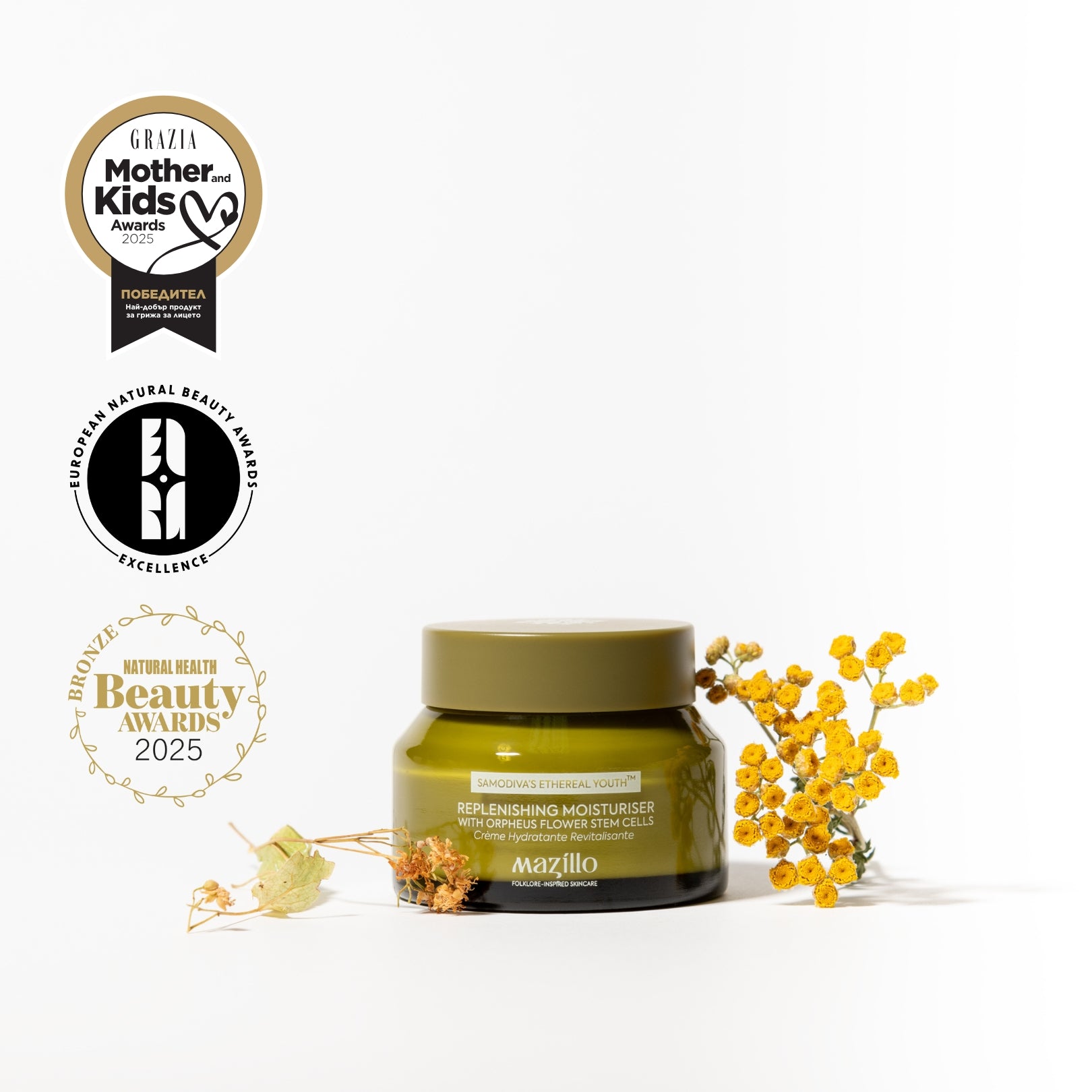
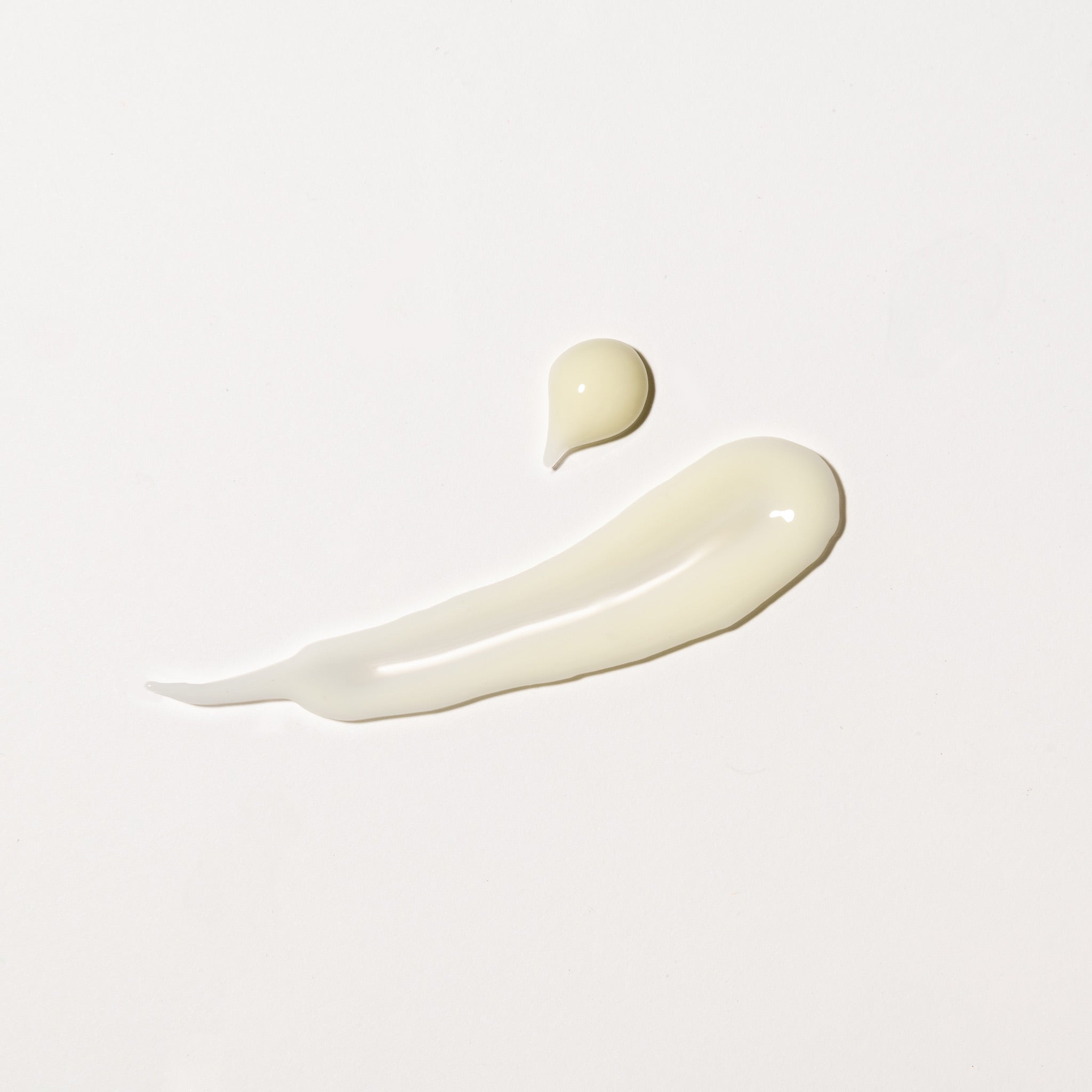
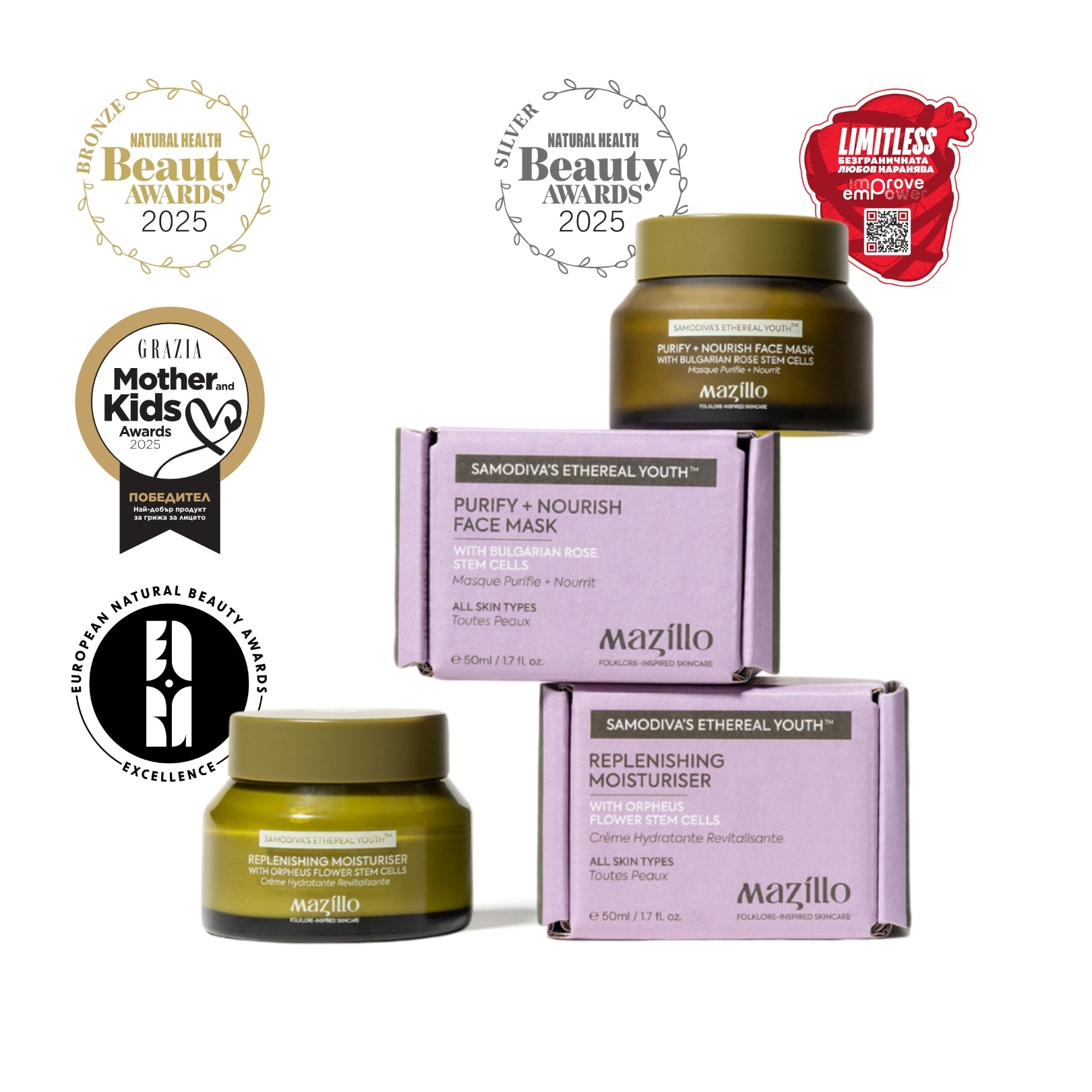
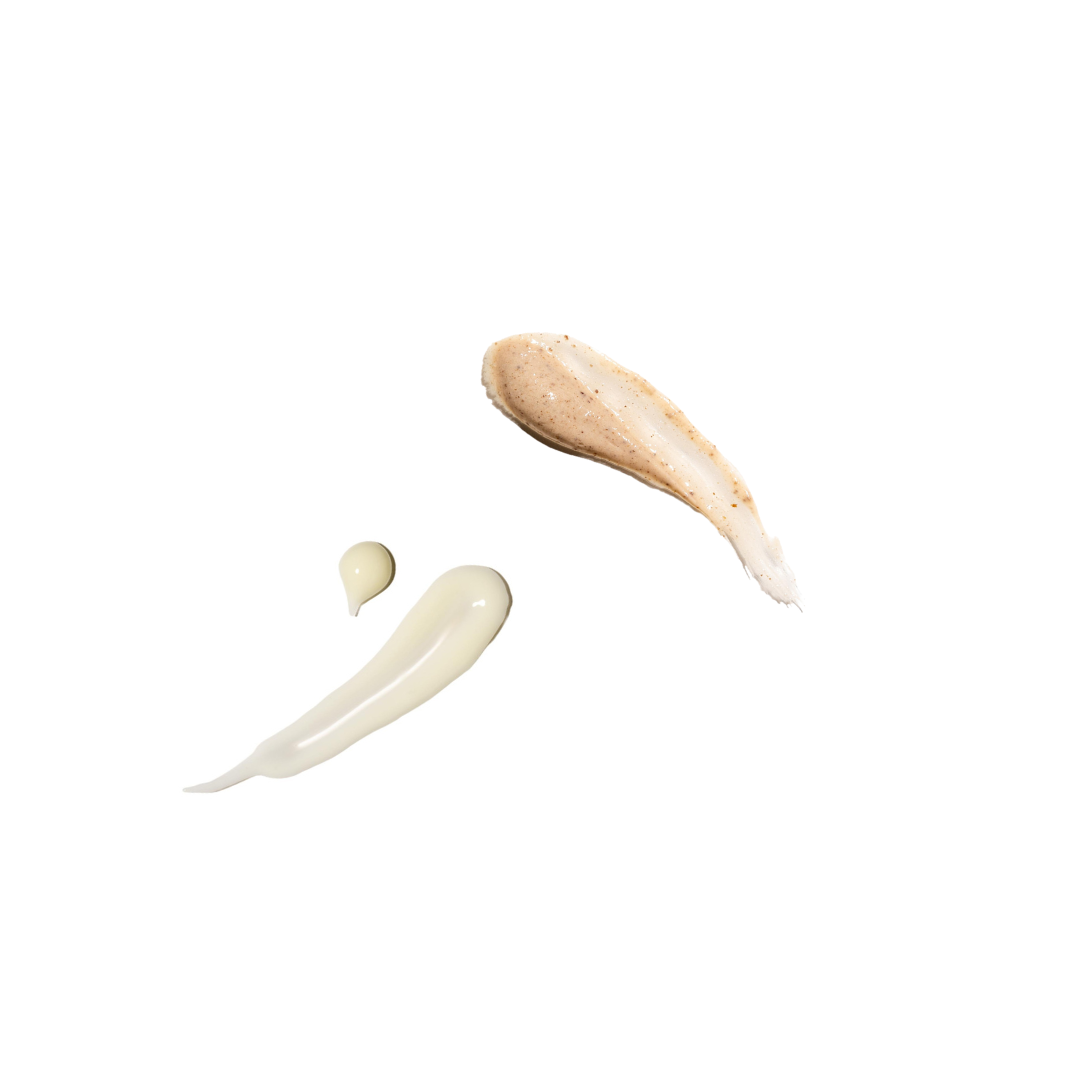
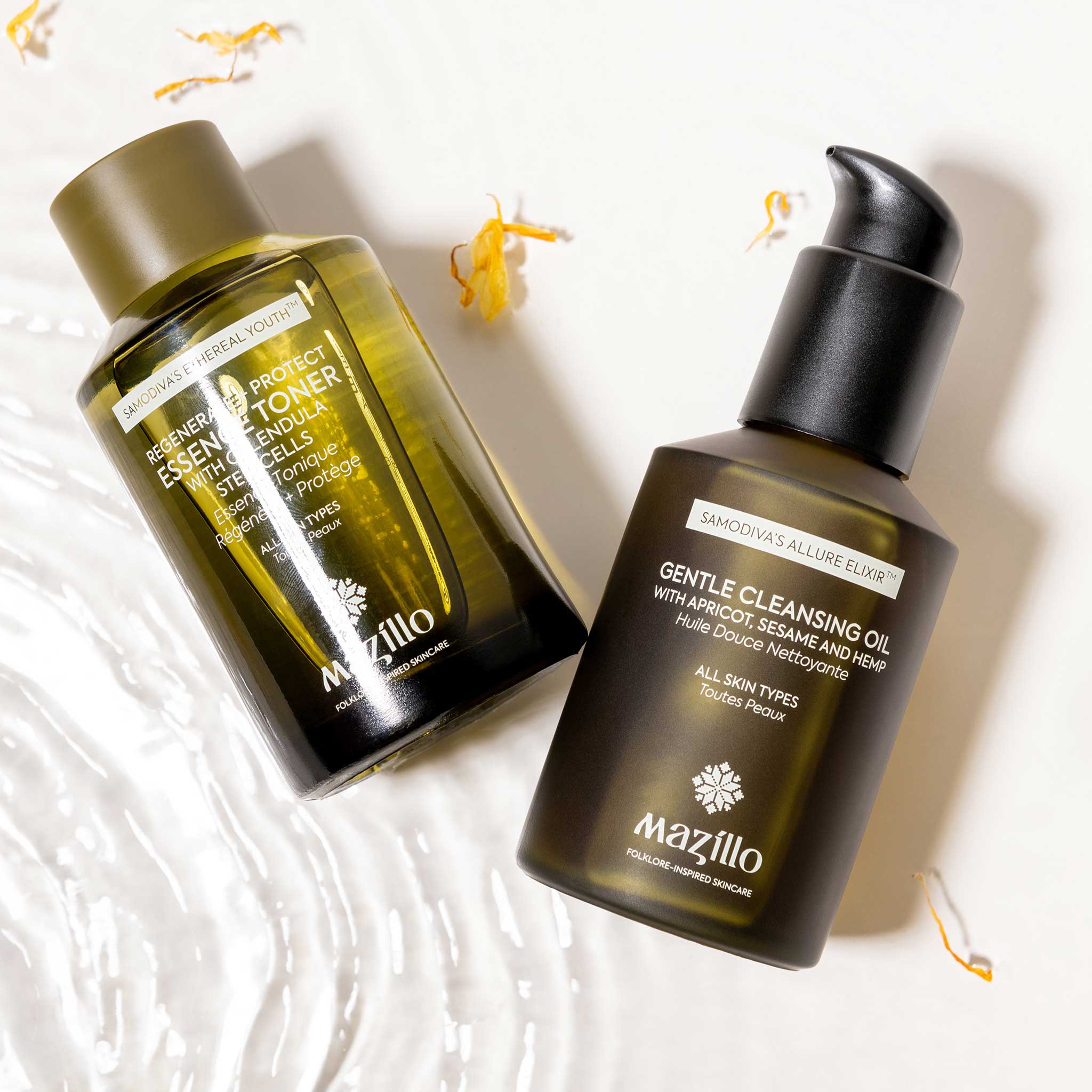
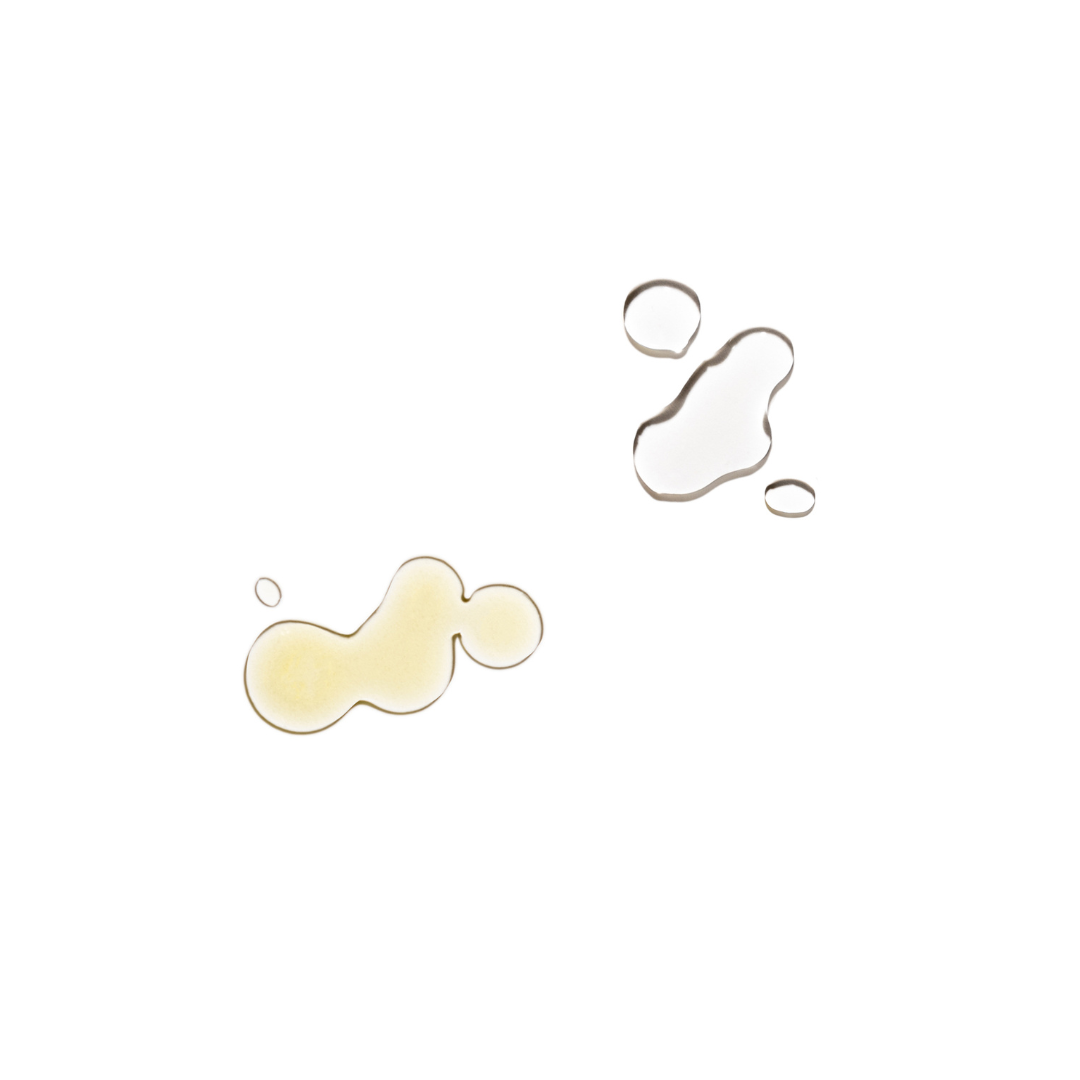
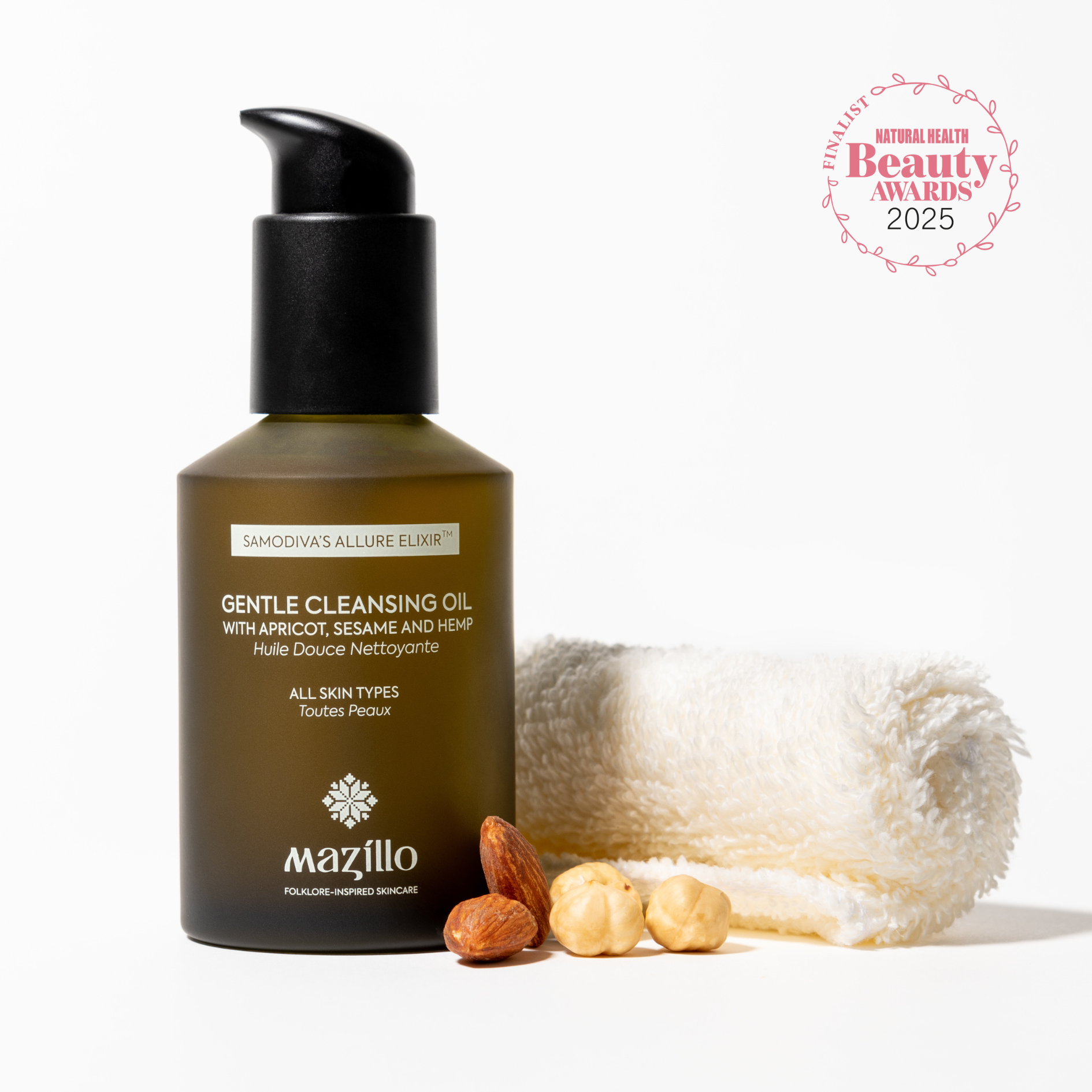

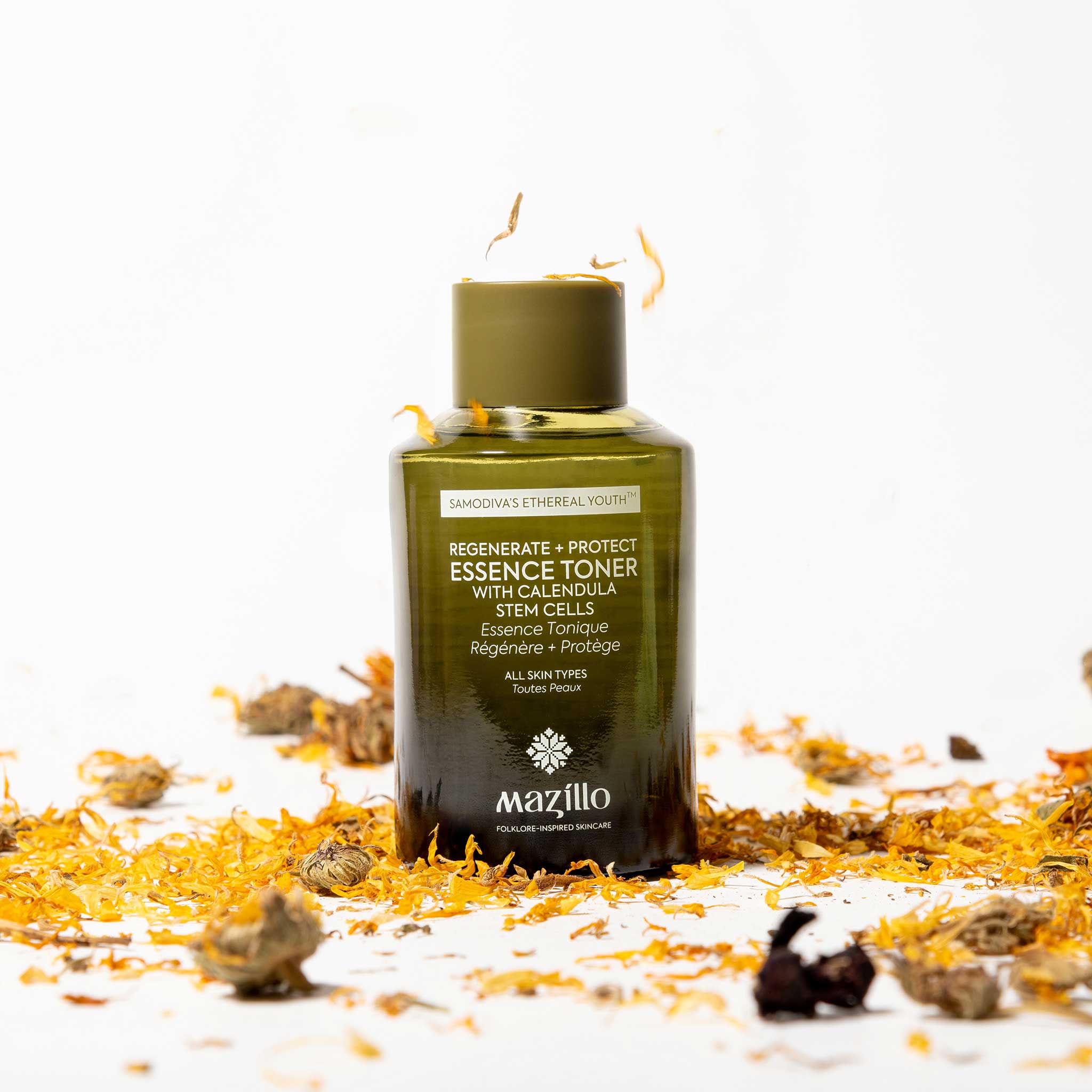
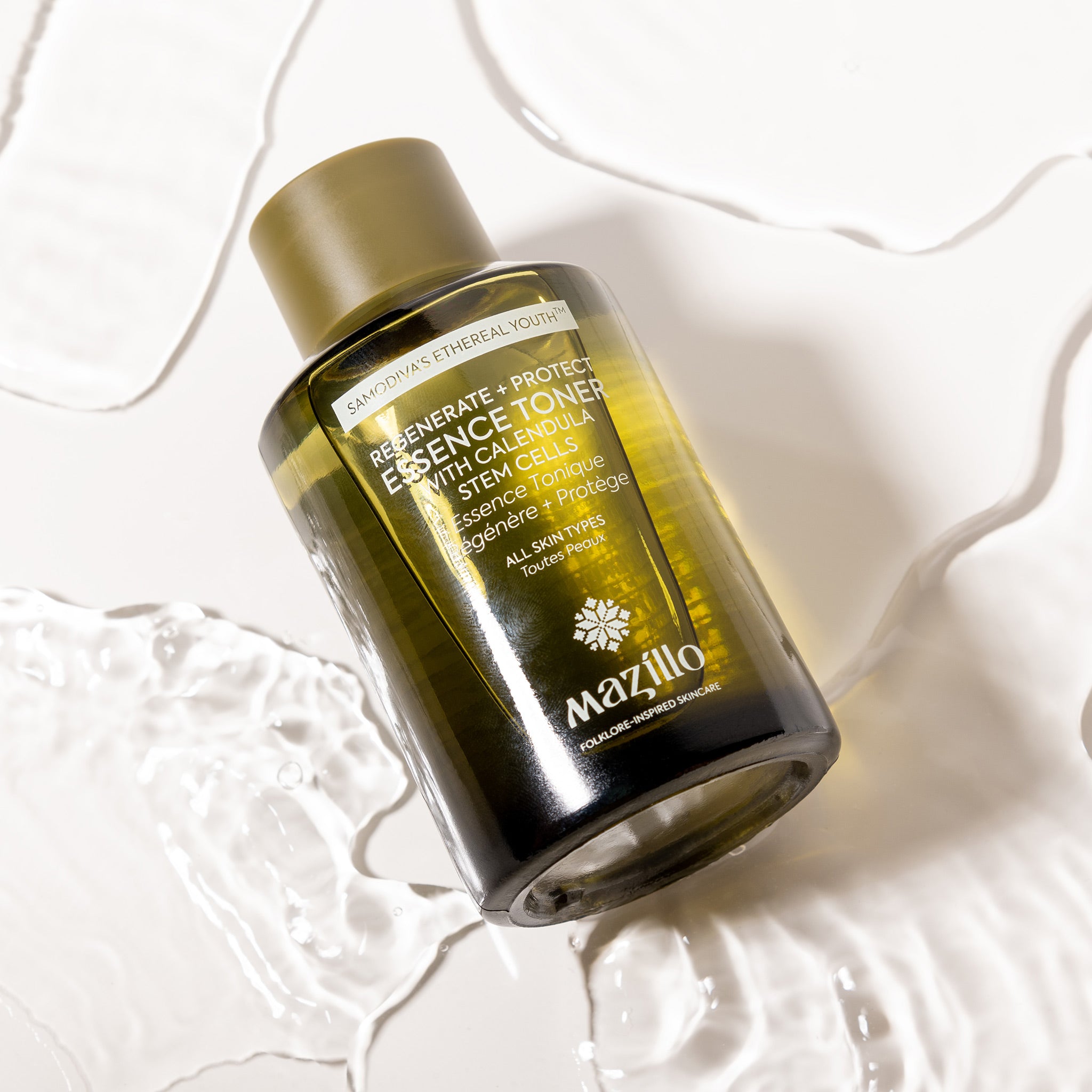

Leave a comment